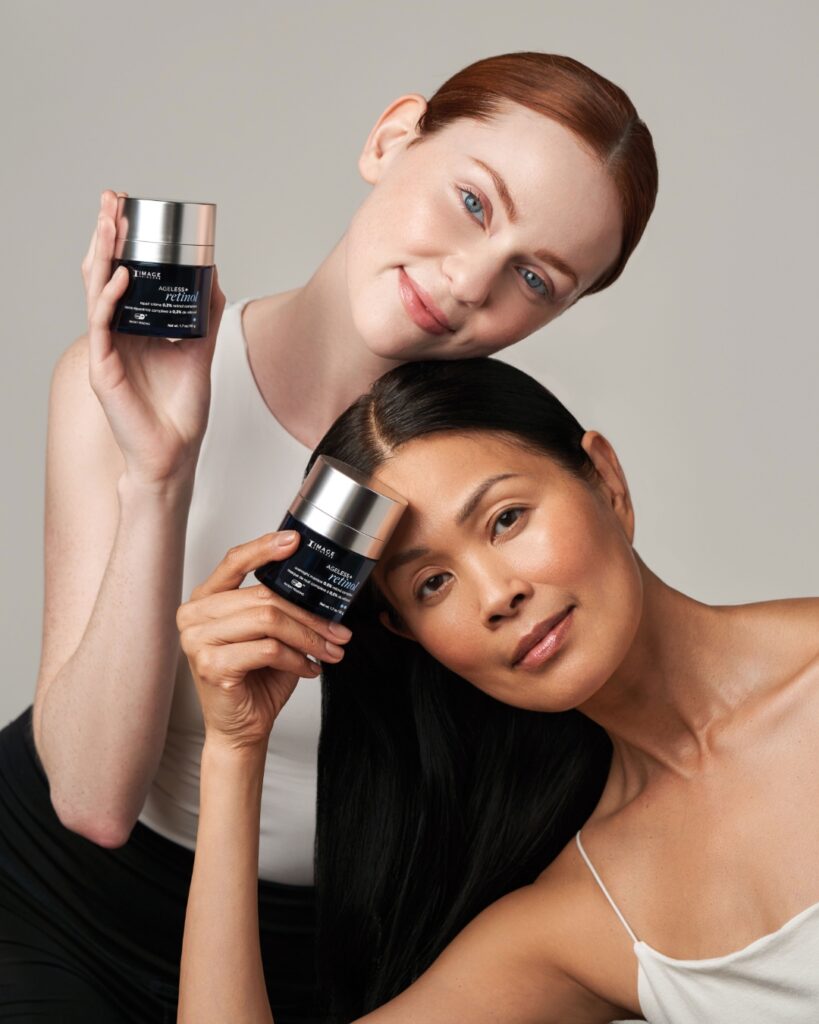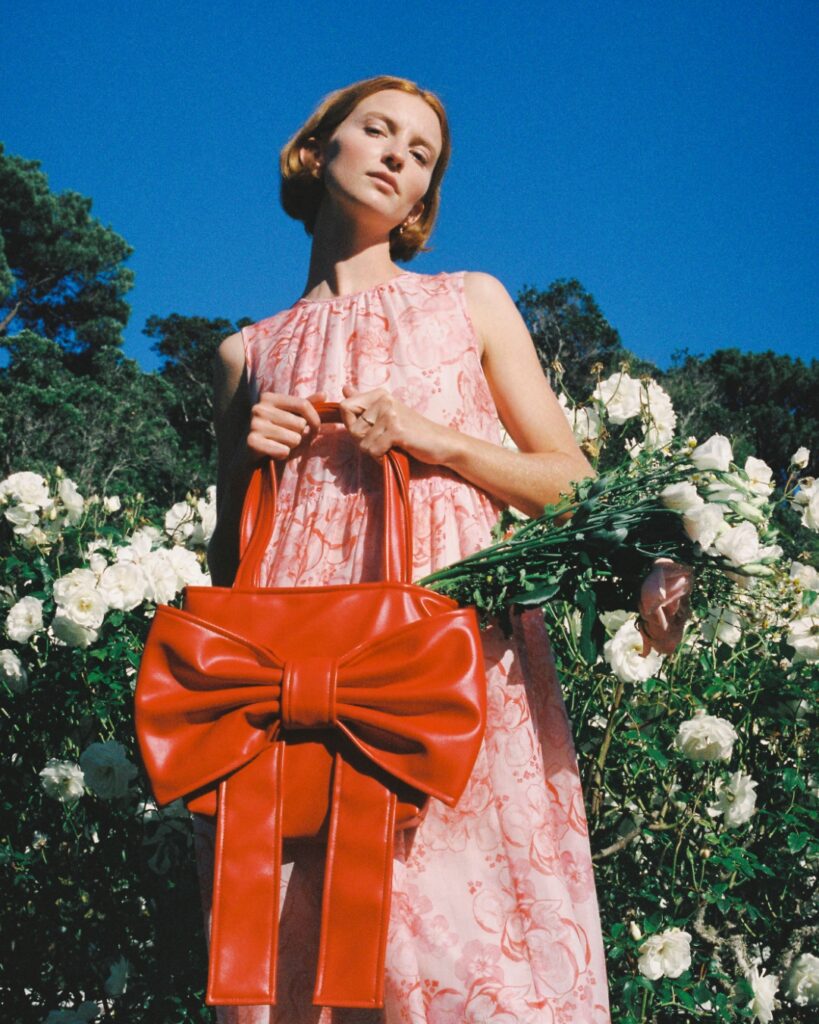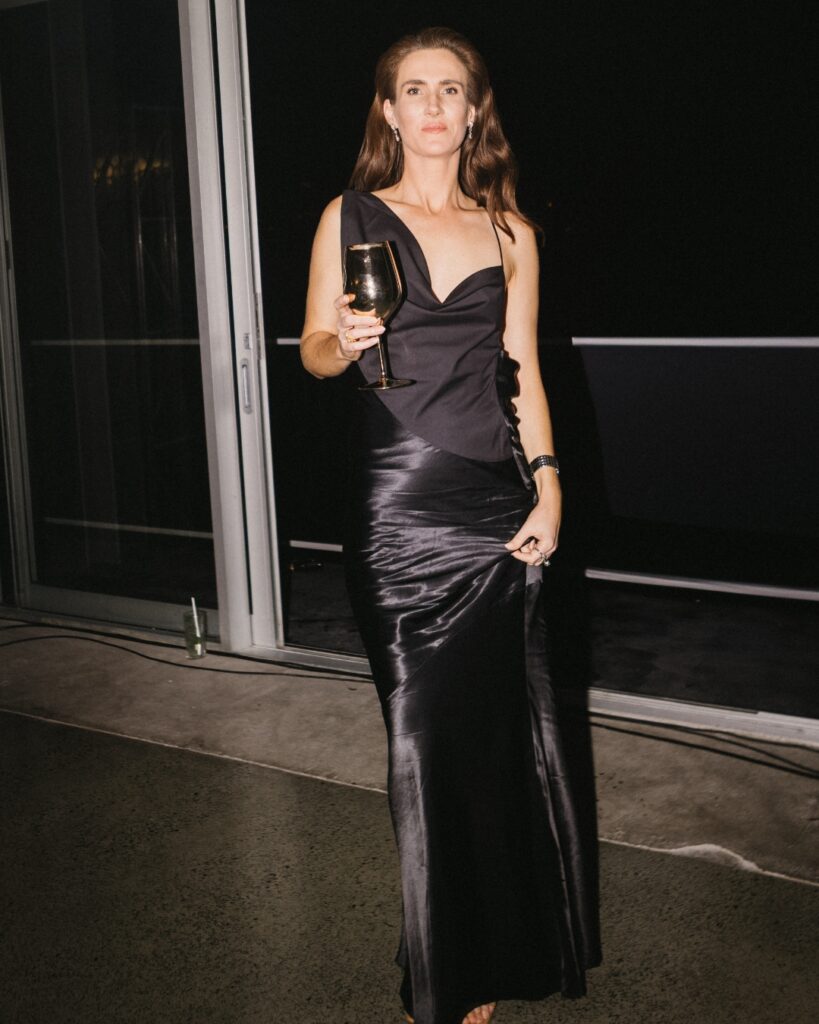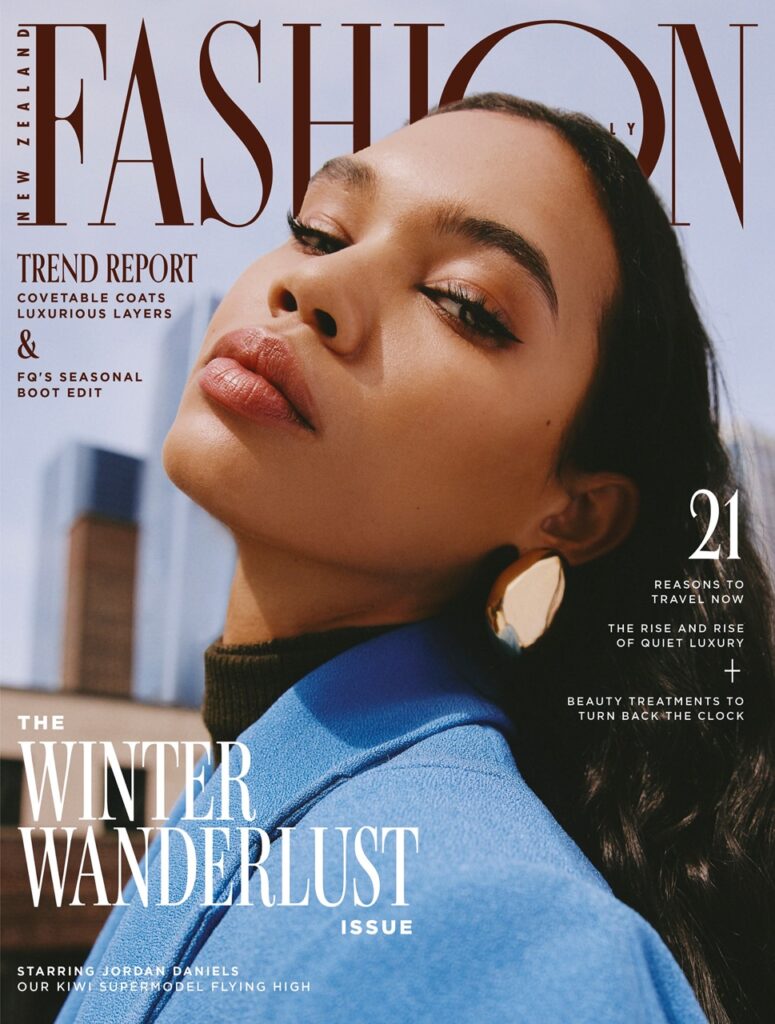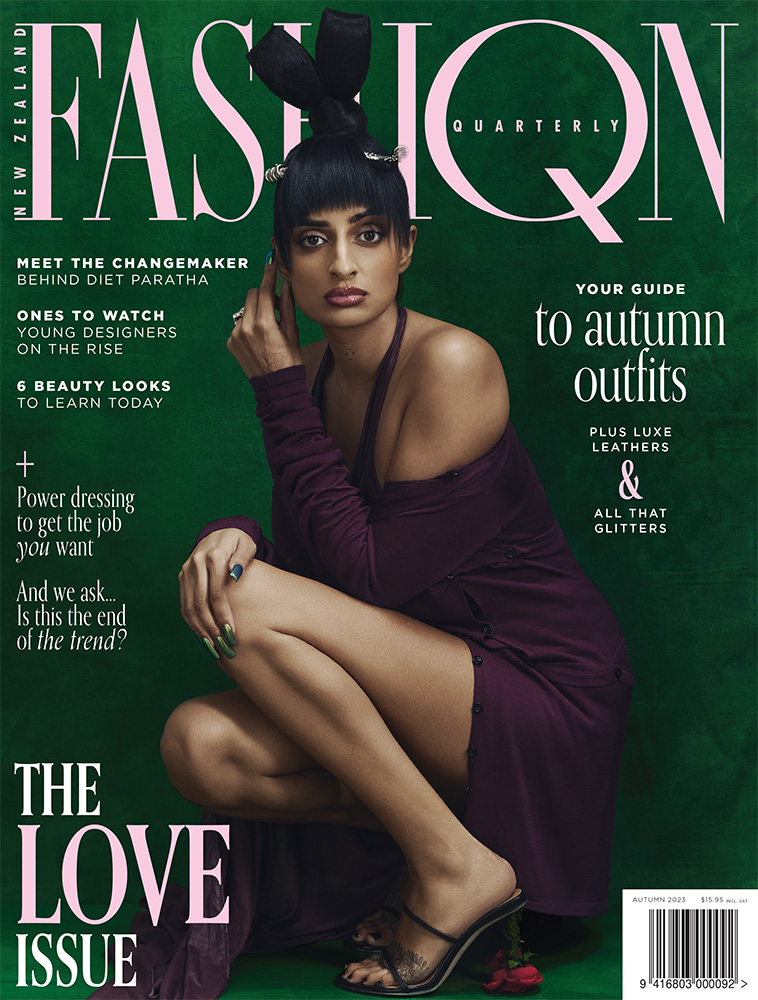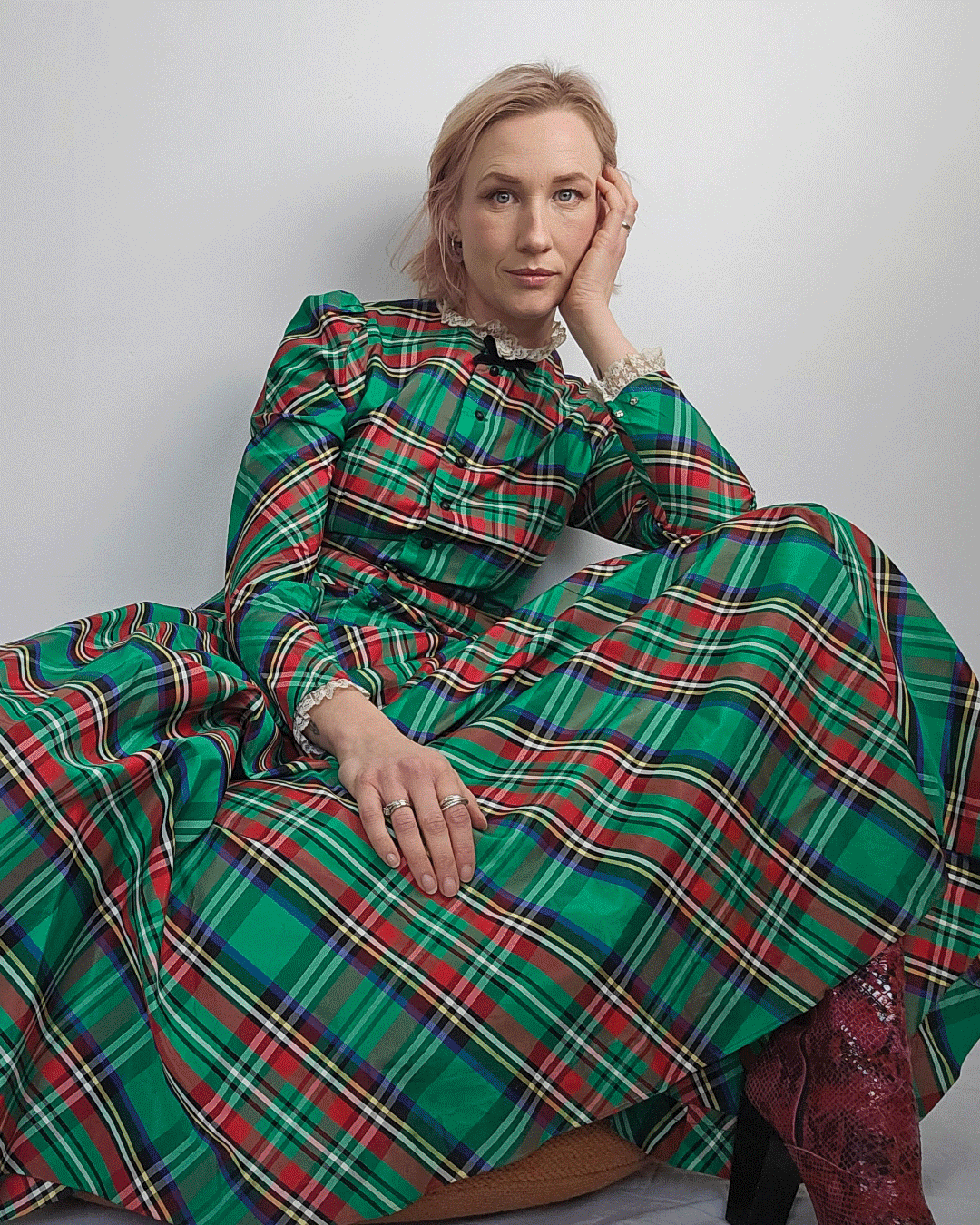
Wendy Quach, founder of door-to-door wardrobe clear-out service & Again, is giving me a tour of her 280sqm Penrose warehouse where 500 ‘tidy bags’ cover the floor waiting to be processed, and 6000 carefully categorised garments hang on racks.
I feel the urge to shop the floor immediately. Though I’ll need to hop online to do that because each garment has been painstakingly unpacked, steamed, photographed, and priced before being loaded onto & Again’s online shopping platform for resale.
The e-commerce platform has hit a new wave of growth and recently launched a crowdfunding campaign to take things to the next level. It’s a significant moment for the purpose-driven start-up that has outgrown and moved location three times in four years.
One reason for its success is that it’s offering buyers, and sellers, an easier way to shop second-hand as well as make money from unwanted clothing. & Again clients are typically too busy to physically thrift or be bothered selling their clothing through platforms such as Trade Me or even Designer Wardrobe. All they have to do is order an & Again tidy kit for $18, stuff it full of clothes, and Quach and her devoted team of five do the work for you.

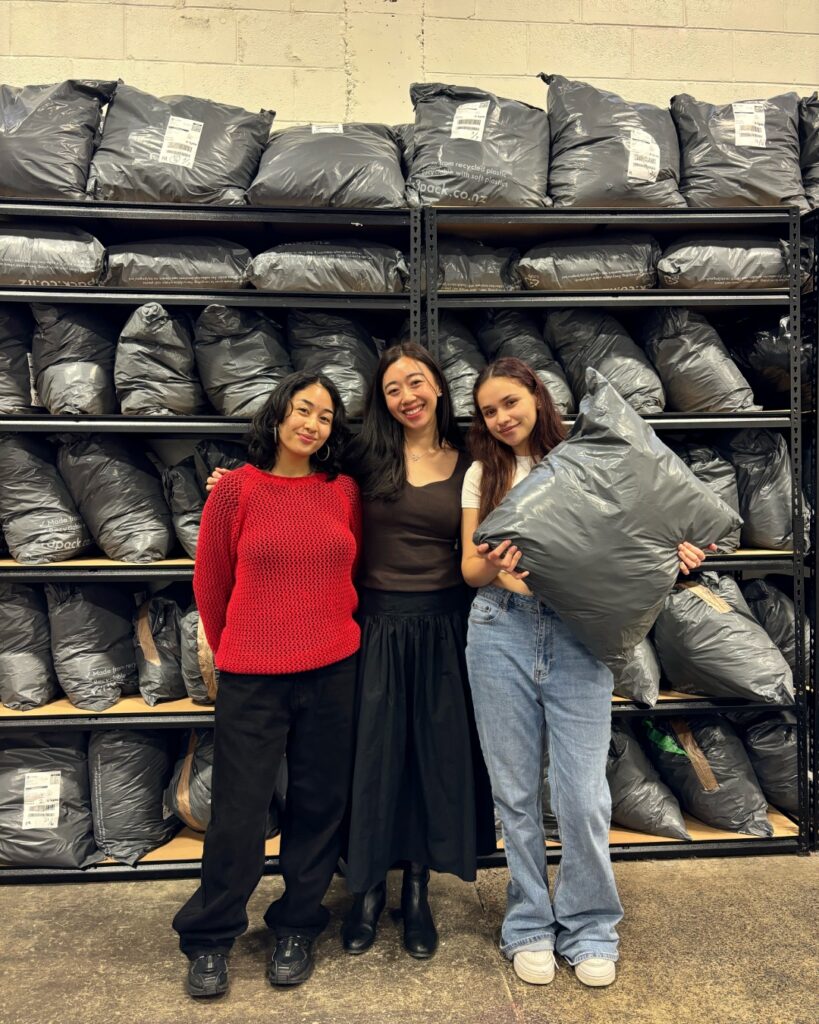
The good stats
It wasn’t long ago that op shops were consumers preferred destination for unwanted clothing, though over the past decade that mindset has changed.
Since its founding in 2014, Designer Wardrobe has experienced unprecedented growth, becoming the go-to for its 300,000 plus members to shop and sell pre-loved clothing. It facilitates around $1.6 million in transactions every month. Last year, Designer Wardrobe launched into Australia and had clocked more than $1 million in earnings for Australian sellers the day we catch up for a chat. Typically Designer Wardrobe has around 120,000 items for sale on its platform with an average of 2000 added daily. More recently, it’s seen a 70 per cent increase of luxury labels and accessories.
A survey by Trade Me Marketplace estimates the second-hand market in New Zealand grew by half a billion dollars in the last year with the sale of an estimated 81 million items, driving up the size of the circular economy to $5.5 billion.
Globally, the second-hand apparel market is experiencing rapid expansion. According to the 2024 ThredUp Resale Report, in 2023, the market was valued at approximately USD$197 billion and is projected to reach USD$350 billion by 2028, growing three times faster than the global apparel market overall. Online resale saw an accelerated growth in 2023, growing at 23 per cent. “Proof of a seismic shift towards a more circular fashion ecosystem,” says ThredUp CEO James Reinhart.
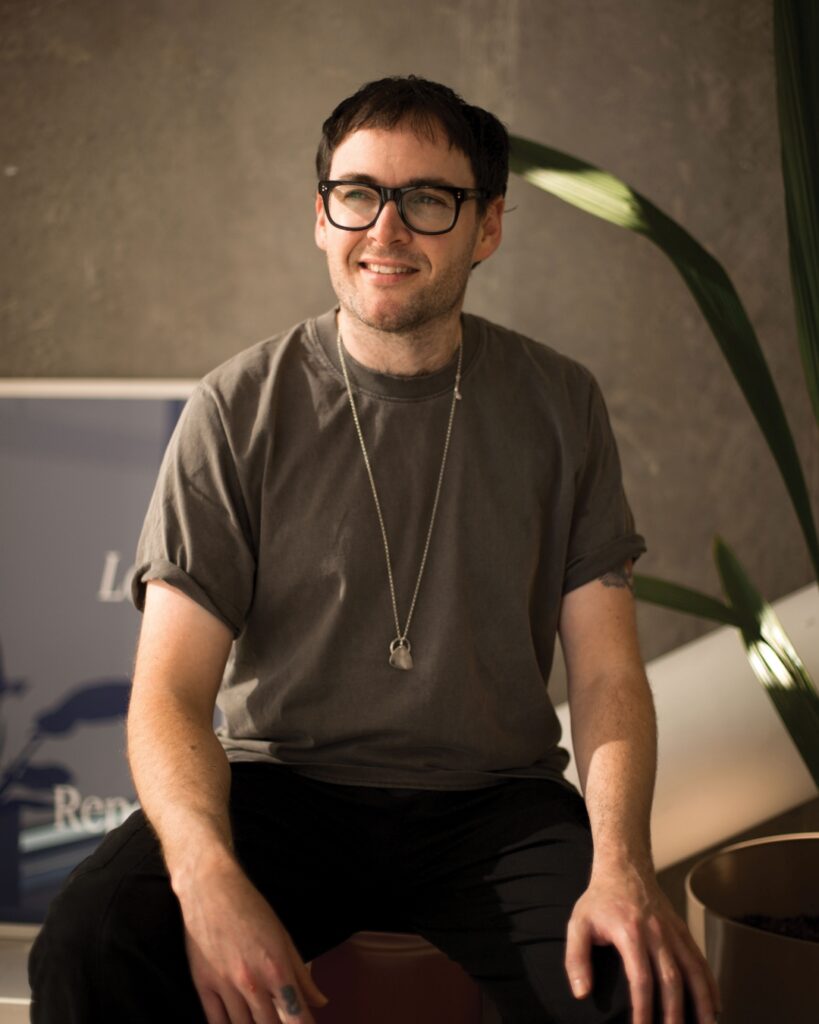
Driving factors
Multiple factors influencing the mainstream shift to shopping pre-loved include the current cost-of-living crisis with more people shopping for bargains, and increased awareness of the environmental impact the fashion industry has on the planet. With that brings a ‘feel-good’ factor because you’re not buying new. There’s also the dopamine hit that comes from making a unique new-to-you purchase.
“Thrifting is enticing because it gives us a safe ‘high’,” say Collectors Anonymous duo Matt Wiseman and Rose Jackson. “As thrifting is not like a regular store experience, the thrill of finally finding the perfect piece is such a great feeling, it keeps you coming back for more.”
Sixty-five per cent of stylist Michiko Hylands wardrobe is thrifted pre-loved gems and she admits she’s addicted to the thrill of the hunt. Her latest op shop score was a one-shoulder ’80s Vinka Lucas floor-length silver sequinned evening dress with a split up one side, giant silk chiffon flower at the shoulder, and cascading scarf. What adds to the joy is her mum, Masako used to bead Vinka’s millinery creations. “I just love this connection and history of this fab piece. It makes it even more of a special find for me,” says Hylands.
Thrifting has now become a great day out with your girlfriends or a social event like Pead PR’s recent clothes swap evening in association with Fashion Sister where invitees swapped quality items only — no fast fashion allowed.
“There’s very much a culture shift where wearing pre-loved is now this badge of honour and discovering something that’s unique,” says Aidan Bartlett CEO of Designer Wardrobe.
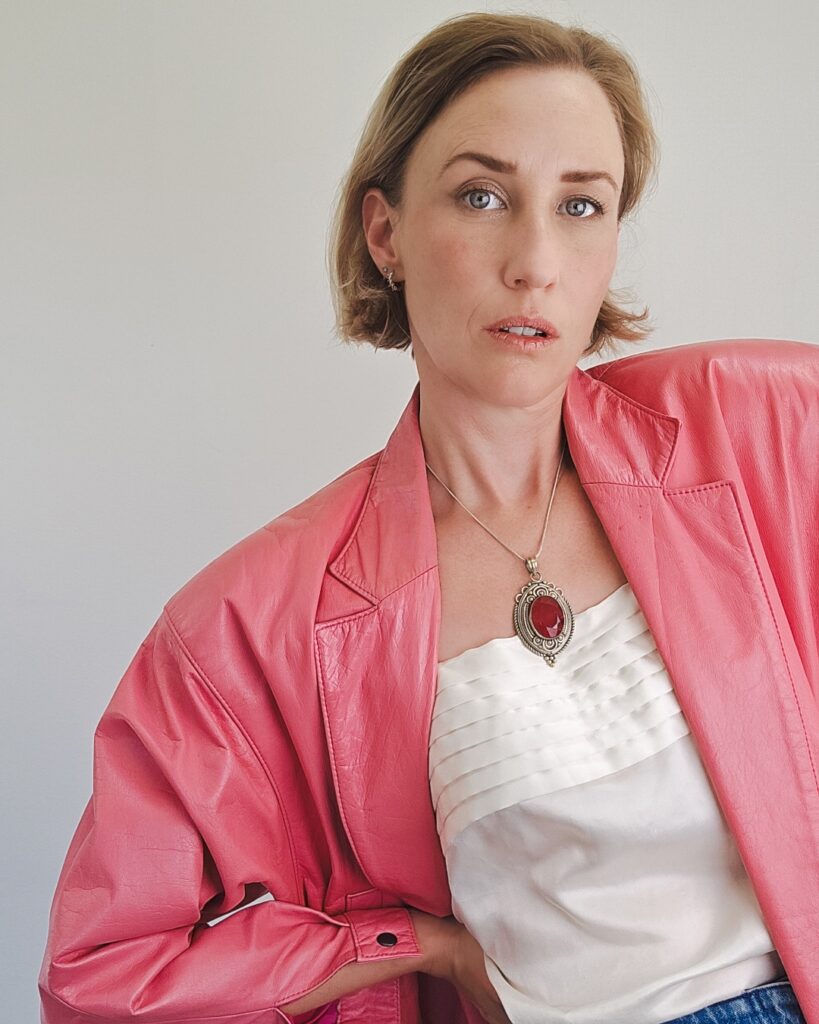

Rent-a-rack
Ways to shop, or make a living from thrifting are evolving and expanding. re:Generate and Re:Circle are stores on Hurstmere Rd, Takapuna in Auckland that offer a rent-a-rack opportunity. Individuals have their own shop within a shop and can curate and price their items while the store takes a small cut to cover rental and admin.
According to Re:Circle founder Henrik Stovring, who originally hails from Denmark, it’s based on a Scandinavian concept. “New Zealand and Denmark are roughly the same size population-wise and over the past 10 years this concept has grown from zero to about 450 variations of these shops all over Denmark,” says Stovring. Re:Circle also has boutiques in Auckland’s Onehunga and in Hamilton, and his goal is to open more stores nationwide. The business model offers a refreshed way to shop and sell pre-loved. One seller in his Onehunga store is clearing more than $2500 a week!
The number of independent resellers such as Eden Preloved (Taupō), Secret Threads (Christchurch), and You+Me (Auckland) has surged over the past five years. Emma Whitlock of Eden Preloved puts in between 16 and 20 hours a week visiting charity shops and commercial resellers like SaveMart. Finding 60 pieces a week is her goal, which is a lot to source, wash, measure, and package. “Taking measurements is a big part of selling and I’ve committed to it because sizing is not consistent between brands,” she says. Since launching her online reseller platform in 2019 Whitlock has sold more than 13,000 garments from a bedroom in her home and built a loyal fan base.

Thinking outside the square
For reseller Sara Kupa, Secret Threads is now playing second fiddle as her sustainable styling business Malone (which she co-owns with Ciana Cerri) gets busier. Kupa and Cerri teach people about their style archetypes, provide wardrobe edits to identify gaps, and take clients second-hand shopping to places such as the Recycle Boutique. “Pants are often really hard to find so we’ll shop new for those,” says Kupa. Malone has clients around the country and even one in Idaho, USA for whom they source and ship a curated selection of second-hand items.
One woman who has watched it all play out is Chrissy O of Hunters and Collectors in Wellington, who is still in for it for the “passion”. She was 30 when she started the store with ex-partner Mike Zero in 1984 on K’ Rd. They drove everywhere to find things, visit flea markets, fly to London on sourcing missions, and educate themselves on what had value. Back then it was leather jackets and Dr. Martens boots; today she specialises in pre-loved Vivienne Westwood and Japanese design.
Challenges
Sadly the proliferation of poorly made fast fashion labels flooding the market, like Shein, are clogging up the racks of charity shops and outnumbering donations of quality items. These garments hold almost zero resale value, which places a burden on charity shops and a moral dilemma of what happens to them next.
Prices for quality second-hand garments on the whole have risen, as charity shops can research labels online and price them accordingly. This makes it harder for resellers like Kelly Christie of fuller figure platform You+Me Preloved, which she co-founded in 2020. “When I first started there was potential to make up to 75 per cent on an item, now it’s more like 30 to 40 per cent.”
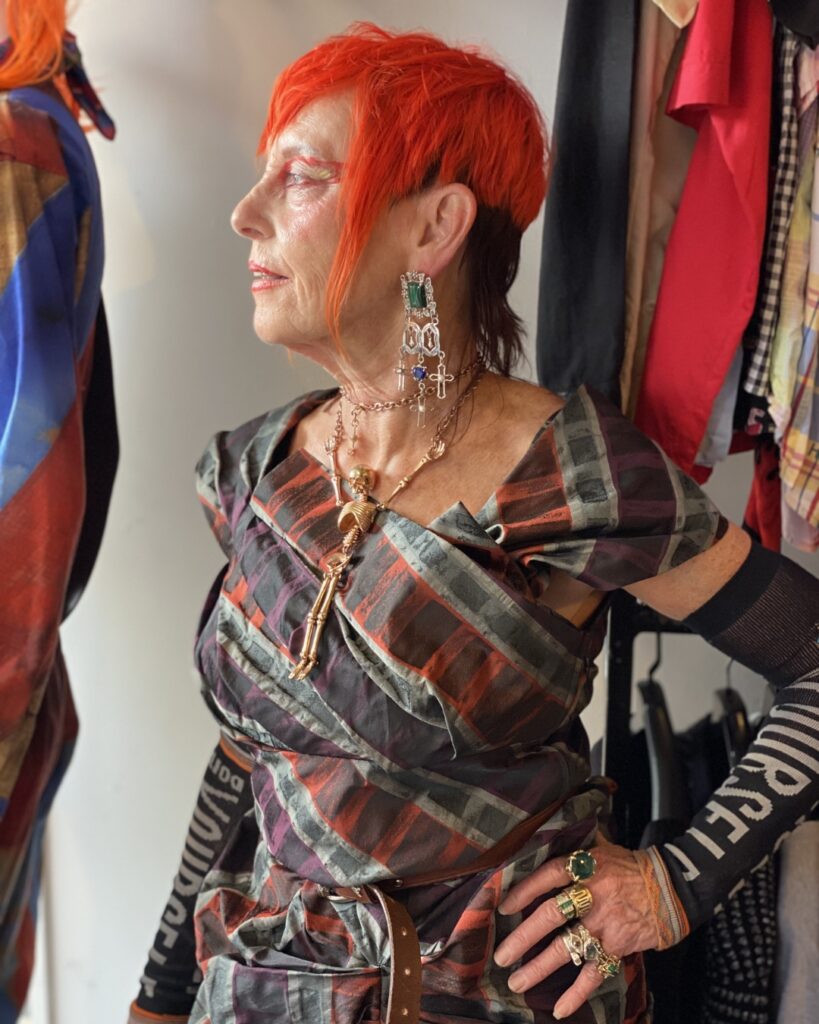
For the diehard op shoppers it can seem like there are slimmer pickings, though as Christie rightly points out “there’s well and truly enough stuff”. In Auckland alone, 10,846 tonnes of fashion clothing is donated to op shops per annum, according to Sapere Research Group. For the likes of & Again and Designer Wardrobe rising courier costs are adding pressure, though for now it’s a cost they’re prepared to absorb.
Circular future
A major cog in the wheel of creating a circular economy is product stewardship on behalf of the producer, and leading the way locally are Kowtow and Ruby with in-store take-back schemes.
As organisations such as Mindful Fashion work towards promoting a circular economy in the fashion sector, Quach has the satisfaction of seeing fashion items do multiple rounds on the & Again platform.
“As a fully digital business we get to track every single item and we really do see circular fashion come to life. I’ve sold a dress personally that’s come through two or three times and it’s so amazing to see. Yes, it’s been worn but it’s still very good quality for us to pass on and it’s lived many lives,” says Quach. “People are starting to realise, ‘oh, I can buy some really great condition items’… They can feel like they are shopping for good now and don’t have to endlessly scroll The Iconic or ASOS. It’s almost like trying to rewire our way of thinking and saying, ‘actually if I can’t find it second-hand, then, maybe I’ll try brand new’.”
This article originally appeared in Fashion Quarterly’s Winter 2025 issue.
Words: Carolyn Enting.
Photography: Supplied.


